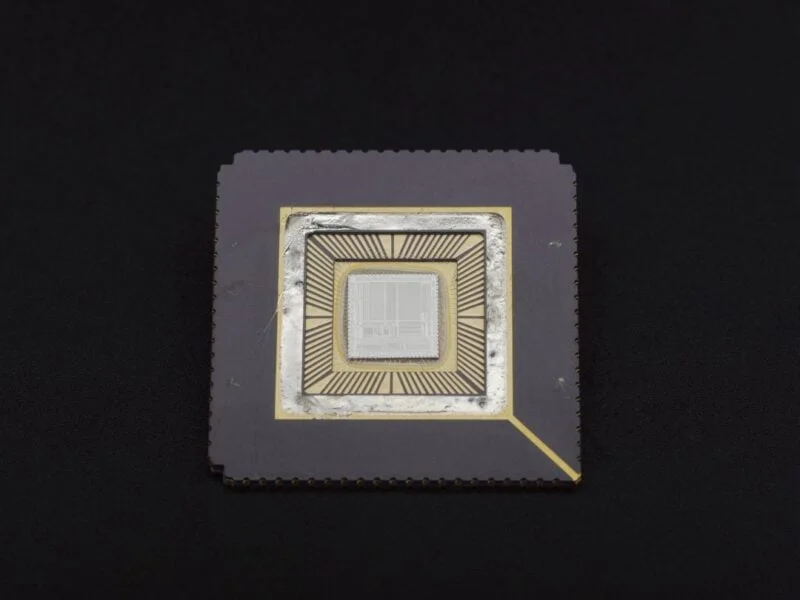
ARM Celebrates 40 Years and 250 Billion Chips Shipped: A Revolution in Computing
In a landmark achievement, ARM, the British chip design firm, is celebrating its 40th anniversary, marking a significant milestone of shipping 250 billion chips since its inception. This incredible journey began in Cambridge with Acorn Computers and a vision to power every classroom with a computer.

Acorn Computers, co-founded by Chris Curry and Hermann Hauser in 1978, initially aimed to fulfill a contract to build the BBC Micro. Little did they know that this project would trigger a technological revolution. Facing limited resources, Acorn decided to design its own processor in-house.
In 1985, engineers Sophie Wilson and Steve Furber introduced the ARM1 processor, a 32-bit chip using just 25,000 transistors on the 3μm process. Its defining characteristics were its low power consumption and impressive performance, a necessity driven by the lack of funds for expensive ceramic chip packaging. This innovation marked the beginning of ARM's dominance in the chip design world.
The ARM architecture gained momentum fueled by the need for energy-efficient chips. It first made waves outside the UK home and school computing niche in the 1990s when Apple chose an ARM chip to power its ill-fated Newton MessagePad (1993). Despite Newton MessagePad’s failure, the venture opened other device-makers' eyes to ARM chips.
Towards the end of the 1990s ARM chip sales growth would become explosive as we entered the mobile phone era. Nokia's 6110 was probably the key device to illustrate the promise of the ARM architecture, and it went on to become one of the best-selling mobiles ever, pushing it toward being in 99% of smartphones today.
Fast forward to today, ARM's designs power modern chipsets, including MediaTek's upcoming Dimensity 9500. But the company isn't resting on its laurels. ARM has set its sights on the data center market, AI, edge computing, and sustainability, signaling an ambitious future. The latest ARMv9 CPUs has 100 million gates inside and keeps driving computing forward for four decades by integrating CPUs, interconnects, and memory interfaces, these CSS platforms support rapid development of specialized silicon.
The company acknowledged it was driven with energy-efficiency due to frugal necessity by not being able to afford ceramic chip packaging at the time of ARM1 inception; forcing designers to be strict about efficiency, so plastic packaging would be acceptable, but today, they are the leading chip designer.
As ARM looks forward to another 40 years, it faces new challenges, including competition from open-source movements like RISC-V and the rise of Chinese tech firms. Can ARM maintain its dominance in the face of these evolving technological landscapes?
What do you think about ARM's 40-year journey? Share your thoughts and predictions in the comments below!